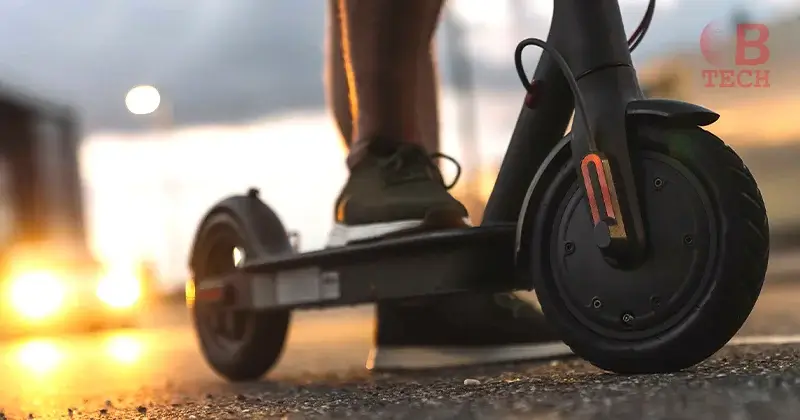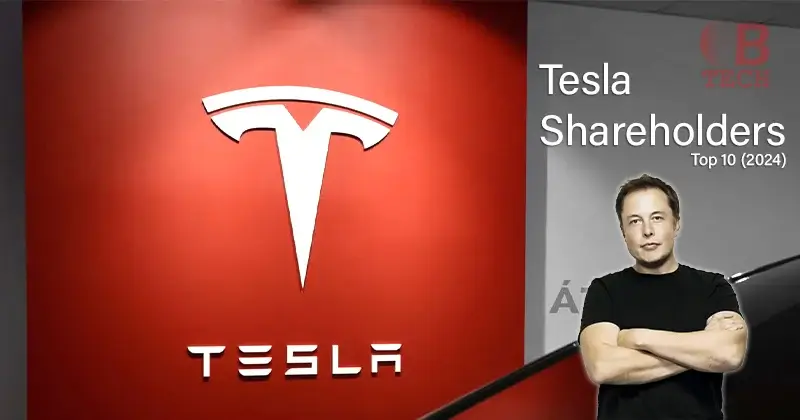As cities continue to embrace eco-friendly transportation options, the demand for electric scooters, and consequently for charging services, has surged. Charging electric scooters has become a burgeoning market in its own right. This side hustle offers an enticing opportunity for individuals looking to supplement their income for a few hours of work.
This article outlines the main points that there are to know about scooter charging as a gig, including how the job works, what scooter platforms offer a charging program, and whether the effort is worth the payout.
How The Scooter Charging Gig Works?
Charging scooters for money typically involves a few straightforward steps. Individuals, often referred to as “chargers,” “juicers,” or other scooter-brand-related names, sign up with a scooter company to become a part of their charging team. Once onboarded, chargers use an app the scooter company provides to locate scooters that need charging.
These scooters are either picked up in the evening or at other designated times when their battery levels are low. Chargers then take the scooters home or to a charging facility, charge them overnight, and redeploy them at designated spots in the morning.
This process ensures that the scooters are ready for use by commuters and other users throughout the day.
What Companies Offer Charging Programs?
Several companies globally have programs for individuals interested in charging their fleet of electric scooters. Among the most prominent are:
- Lime: Known for its global presence, Lime has a “Juicer” program for those interested in charging its scooters. Prospective chargers can sign up through the Lime app or website and complete a background check to begin their charging journey.
- Bird: Another significant player in the electric scooter market, Bird engages individuals through independent contractor agreements.
- Spin: Spin operates a similar program called “Spin Charger.” Like its counterparts, individuals looking to charge for Spin must sign up and complete a training session.
Evaluating the Effort vs. Payout of Scooter Charging
Chargers typically get paid per scooter, with rates varying by company and location. While some chargers report earning a respectable sum for a night’s work, the actual income depends on several factors:
- Number of Scooters: The more scooters you can charge and redeploy, the higher your potential earnings. However, collecting and managing a large number can be physically demanding and time-consuming.
- Proximity: Your distance from high-density scooter areas and designated drop-off locations can significantly affect your efficiency and, consequently, your earnings.
- Time Management: Efficient chargers plan their routes and schedules to maximize the number of scooters they charge each night, balancing this gig with other daily activities.
- Operational Costs: Expenses such as electricity for charging and fuel for transportation, if using a personal vehicle, can eat into your profits
To provide a ballpark figure, earnings for scooter chargers can vary widely but tend to range from $3 to $7 per scooter charged. Some experienced chargers who optimize their routes and manage to charge a significant number of scooters nightly can earn up to $100-$150 per night.
However, these figures can fluctuate based on operational costs, the availability of scooters, and the specific terms set by companies like Lime, Bird, and Spin.
What are the Pros and Cons of Scooter Charging?
The scooter charging gig presents clear benefits and challenges, ranging from work/life balance considerations to investment in personal equipment. Let us overview the main points that beginner chargers tend to weigh:
Pros
- Flexible Schedule: One of the most significant advantages of scooter charging is its flexibility. Most charging jobs allow one to choose when they want to work, making it an ideal side gig for those who have other commitments during the day.
- Eco-Friendly Work: By participating in charging electric scooters, individuals contribute to promoting sustainable urban mobility. This work supports the reduction of carbon emissions and traffic congestion.
- Earn Extra Income: Scooter charging can provide a decent supplemental income. Payment is typically made per charged scooter, allowing individuals to earn based on the effort they put in.
Cons
- Operational Challenges: Finding scooters, especially in densely populated areas or during bad weather, can be challenging and time-consuming.
- Wear and Tear on Personal Vehicle: If using a personal vehicle to collect and deploy scooters, chargers may experience increased wear and tear and higher fuel expenses.
Conclusion
Ultimately, scooter charging can be a lucrative and rewarding endeavor for those who navigate the gig with strategic planning and a commitment to sustainable urban mobility. While scooter charging is flexible and environmentally beneficial, it does require careful consideration of the balance between effort and payout. With companies like Lime, Bird, and Spin leading the charge, there are ample opportunities for prospective chargers to join the movement.
As cities continue to adopt and expand their fleets of electric scooters, the demand for charging services will likely grow, offering more opportunities for individuals to power up profits in this eco-friendly gig economy.



